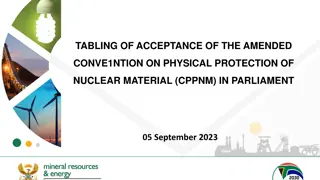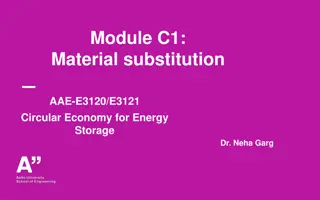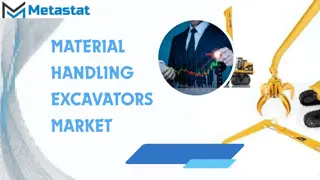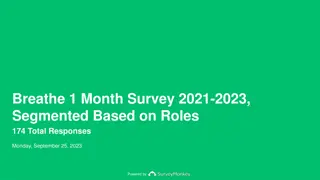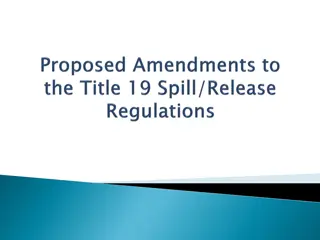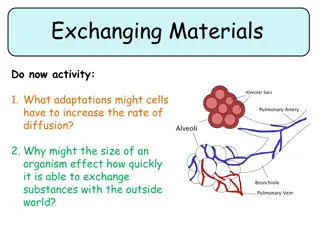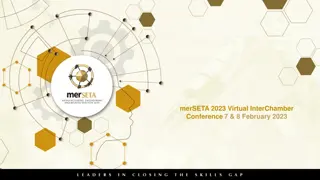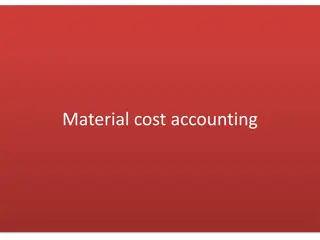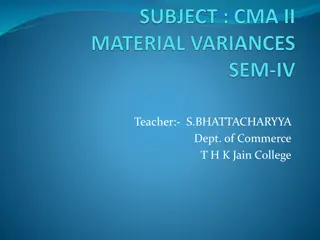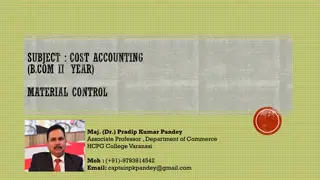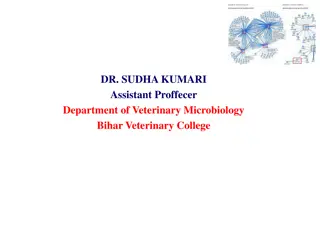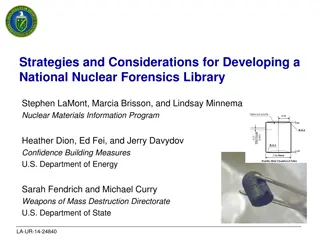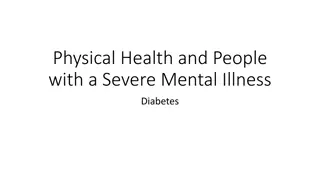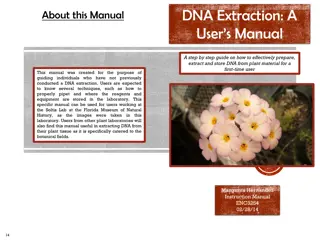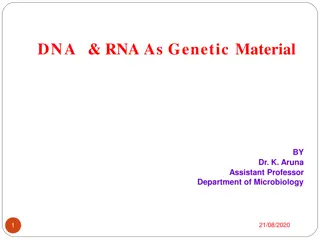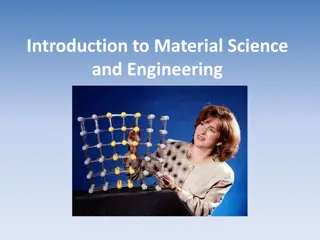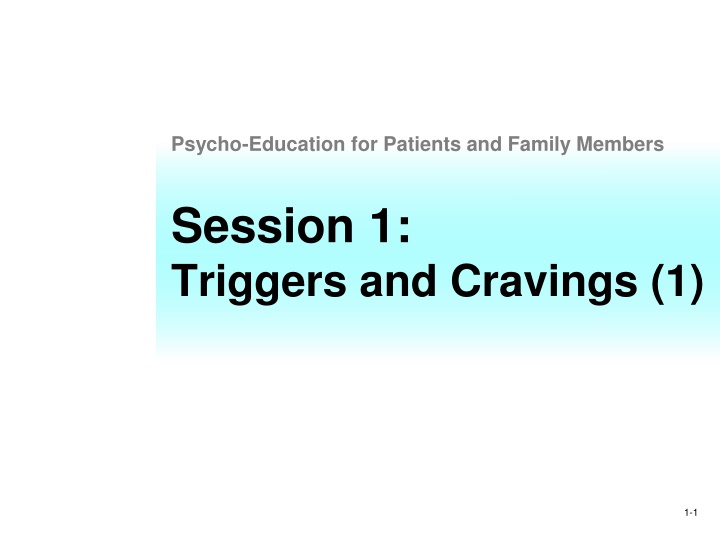
Addiction: Triggers, Brain Changes, and Addictive Behaviors
Explore the mechanisms of addiction, from triggers and cravings to the effects on the brain. Learn about conditioning, addiction as a disease, and behaviors associated with drug addiction. Discover the phases of the addictive process and the positives and negatives of substance use.
Download Presentation

Please find below an Image/Link to download the presentation.
The content on the website is provided AS IS for your information and personal use only. It may not be sold, licensed, or shared on other websites without obtaining consent from the author. If you encounter any issues during the download, it is possible that the publisher has removed the file from their server.
You are allowed to download the files provided on this website for personal or commercial use, subject to the condition that they are used lawfully. All files are the property of their respective owners.
The content on the website is provided AS IS for your information and personal use only. It may not be sold, licensed, or shared on other websites without obtaining consent from the author.
E N D
Presentation Transcript
Psycho-Education for Patients and Family Members Session 1: Triggers and Cravings (1) 1-1
Changes in the Brain Prefrontal Cortex Limbic System The mechanism of addiction is biological phenomena. 1-2
Conditioning 1-3
Question: Please give an example of conditioning . 1-4
Pavlovs Dog 1-6
Questions: What is addiction ? How do you define it? Is addiction a disease? What are some of the behaviors characterized by drug addiction? 1-7
A Definition of Addiction A primary, chronic, neuro-biologic disease with genetic, psychosocial, and environmental factors influencing its development and manifestations. Addiction is characterized by behaviors that include one or more of the following: impaired control over drug use, compulsive use, continued use despite harm, and craving. Graham, A.W.; Schultz, T.K.; Mayo-Smith, M.F.; Ries, R.K.; and Wilford, B.B. eds. Principles of Addiction Medicine, Third Edition. Chevy Chase, MD: American Society of Addiction Medicine, Inc., 2003. 1-8
The Addictive Process 1. Introductory phase 2. Maintenance phase 3. Disenchantment phase 4. Disaster phase 1-9
Question: What are positives and negatives of Shabu use? When you start using? After a long-term continuous use? 1-10
Addictive Process - Introductory Phase Positives and Negatives of Shabu Use Positives Relief from Depression Anxiety Loneliness Insomnia Euphoria Increased status Increased energy Increased sexual/social confidence Increased work output Increased thinking ability Negatives Illegal May be expensive May cause missing work 1-11
Addictive Process - Introductory Phase Conditioning Process During Addiction Triggers Parties Special occasions Other events Responses Pleasant thoughts about Shabu Use but not frequent Strength of Conditioned Connection: Mild 1-12
Addictive Process - Introductory Phase Development of Obsessive Thinking Food School Sports TV Hobbies Girlfriend Job Shabu Family Parties Exercise 1-13
Addictive Process - Introductory Phase Development of Craving Response Entering Using Site Use of Shabu Shabu Effects Heart/pulse rate Respiration Adrenaline Energy Shabu taste 1-14
Addictive Process - Maintenance Phase Positives and Negatives of Shabu Use Negatives Employment/school disruptions Relationship concerns Financial problems Beginnings of physiological dependence Positives Depression relief Confidence boost Boredom relief Sexual enhancement Social lubricant 1-15
Addictive Process - Maintenance Phase Conditioning Process During Addiction Triggers Parties Friday nights Friends Alcohol Good times Sexual situations Responses Thoughts of Shabu Eager anticipation of Shabu use Mild physiological arousal Cravings occur as use approaches Occasional use Strength of Conditioned Connection: Moderate 1-16
Addictive Process - Maintenance Phase Development of Obsessive Thinking Food School Shabu TV Hobbies Girlfriend Job Shabu Family Parties Exercise 1-17
Addictive Process - Maintenance Phase Development of Craving Response Entering Using Site Physiological Response Shabu Effects Use of Shabu Heart Breathing Adrenaline effects Energy Shabu taste Heart Blood pressure Energy 1-18
The Addictive Process 1. Introductory phase 2. Maintenance phase 3. Disenchantment phase 4. Disaster phase To be covered in the next session 1-19

